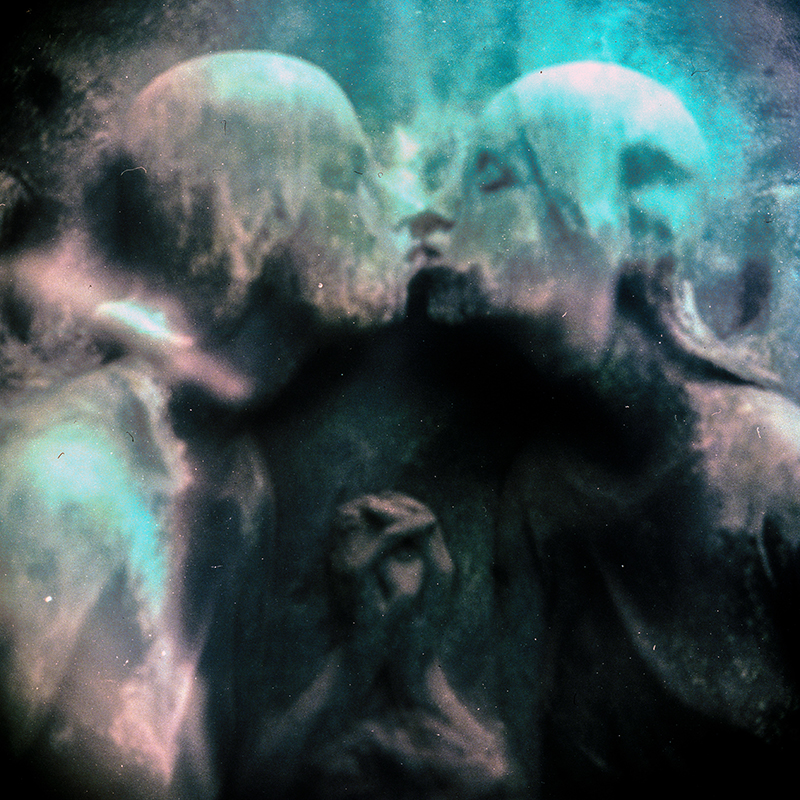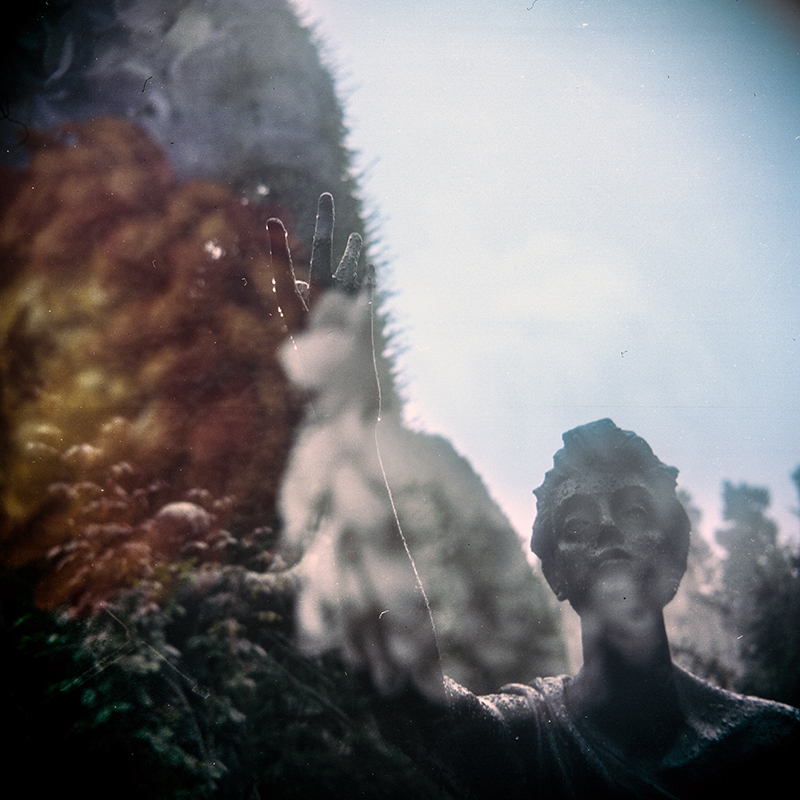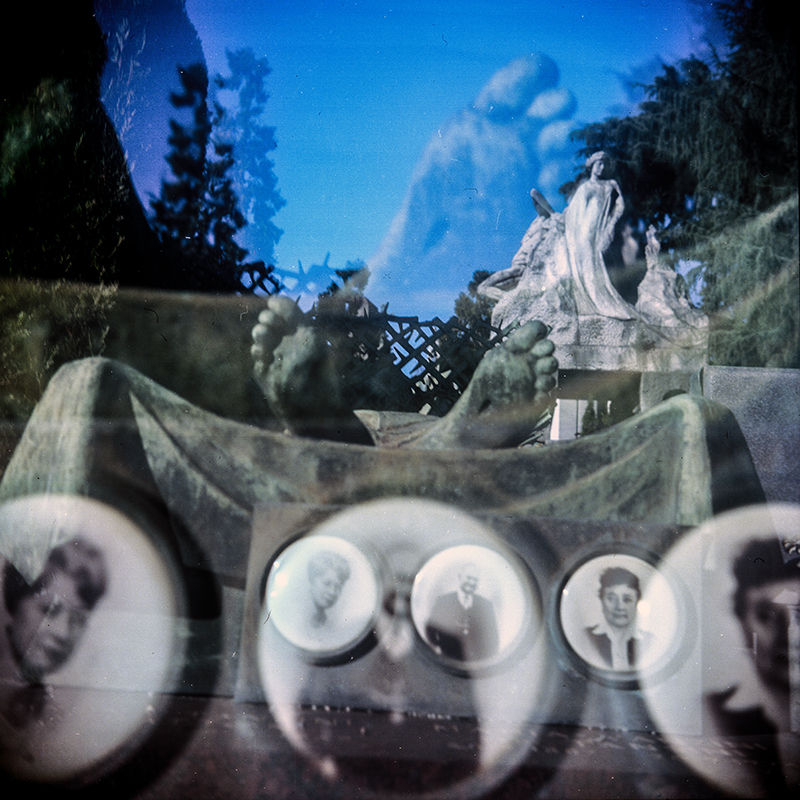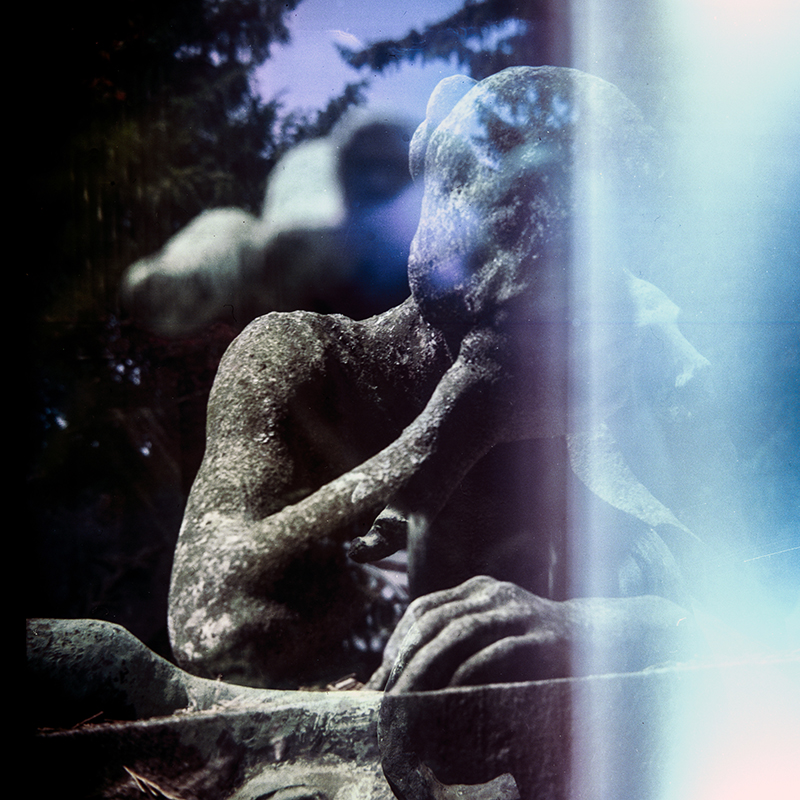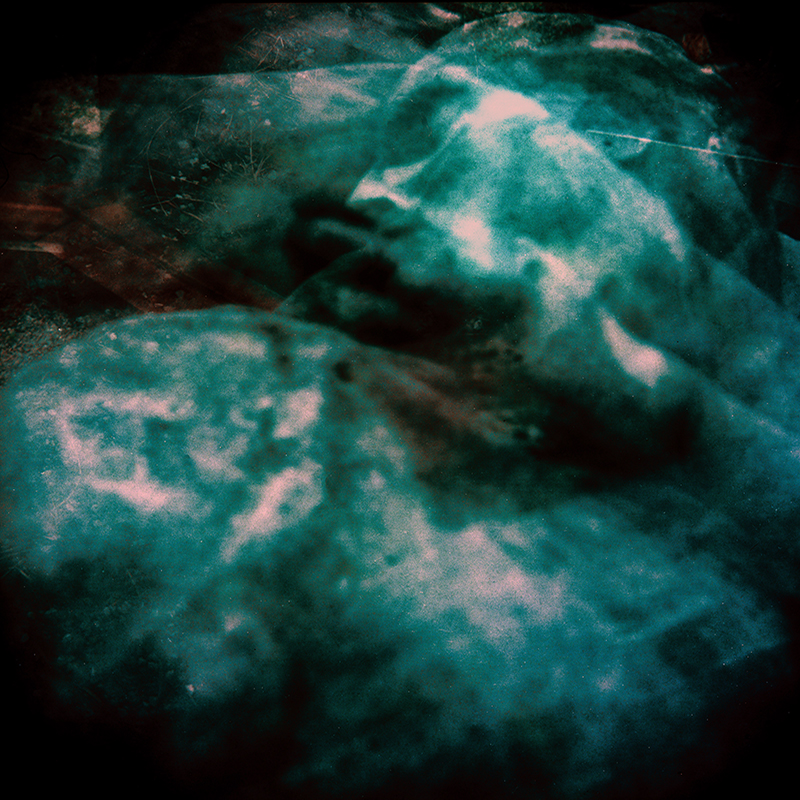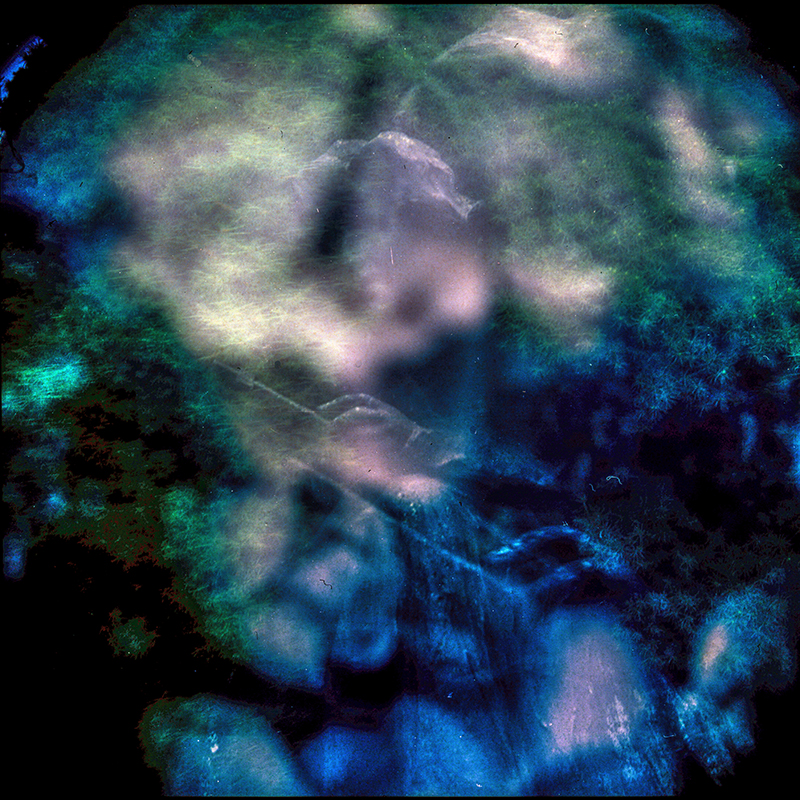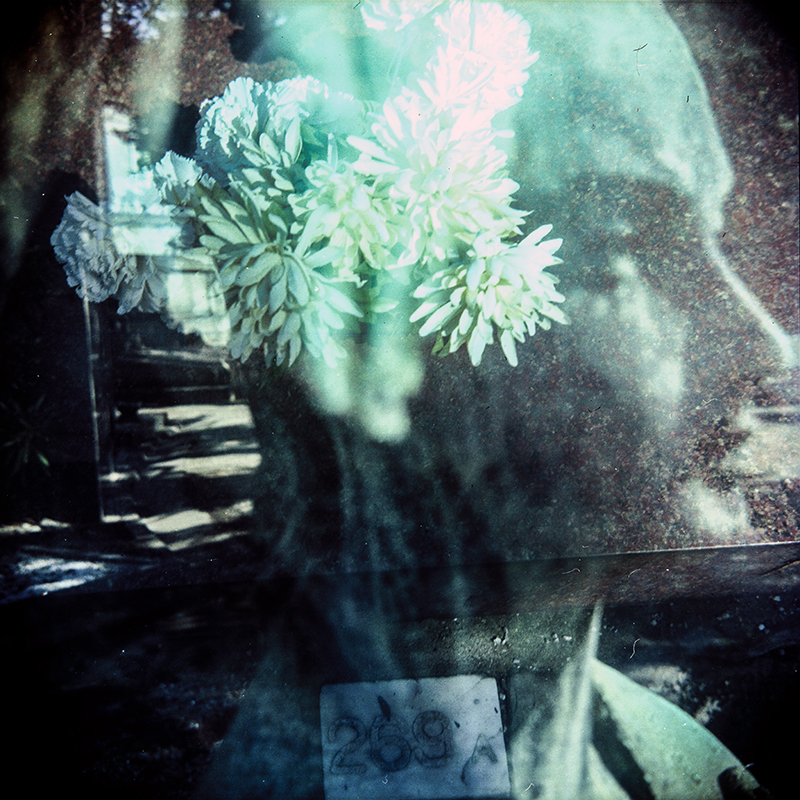The ancient Anglo-Saxon legend told the story of a blacksmith named Will. Will was such a troublemaker that, when he died and went to heaven, he was sent back by Saint Peter, who told him to reform during his second life. Unfortunately, Will’s second life was even more monstrous than his first, so Saint Peter cursed him to roam the earth forever. The devil, impressed by Will’s evildoing, gave him a coal to warm himself on the cold earth nights. Instead, Will decided to use the coal to make a torch and lure innocent travelers into danger.
Side from their ability to dazzle and tantalize travelers, Will-o’-the-wisps are also powerful omens. They appear to be able to predict the future, appearing to people before their deaths or flocking to the sight of a tragedy before it takes place. The wisps are popular in different culture with different tales and name.
In the Netherlands, the “Irrbloss,” “Iiekko,” and “Iygtemand” are said to be the souls of un-Baptized children.
In Asia, the “aleya” and the “chir batti” are used by dead souls to mark the place where they died.
In South America, the “luz mala” and “la candileja” are evil spirits who carry ghost lights after death.
What are the wisps ?
For the scientific point of view they are the result of two chemical reaction fighting between themselves create photons that produce lights: the process of chemiluminescence. In nature the fire flies are the example of this phenomenon.
Lights.
How to investigate the phenomenon?
With a medium that use the lights as way of works: the camera.
The physical area of the investigations is the Milan Monumental Cemetery, projected by the architect Carlo Maciacchini, opened on 1847, covering an area of 250,000 square meters.
Over the decades the richness and variety of styles of tomb sculptures has made it an open-air museum, a destination for tourists as well as a place of memory.
Complex space where different instances converge: place and non-place at the same time.
I used an old camera from 1942, Voiglander Bessa 66, with manual loading. This feature allow the user to superimpose several times the same film.
Focused on Statues, gestures, flowers, graves, I used several times the same film for different subject, mixing up the reality around.
The result is imponderable, levels of shapes and color, explode the view, looking for the essence behind and beyond.
The camera act by itself, the internal mechanism is a technological unconscious as for Vaccari memory, picks up reality like a medium, and like medium further became the ouija board that show what it can’t see.
The Crew Circle created by William Hope was one of the relevant bunch of spiritualist photographers. William Hope worked in London as medium photographed until the end of his life, even if its work was claimed as fraud by the Society for Psychical Research. People didn’t believe he messed up with the phot plates. Sir Arthur Conan Doyle whose one of his follower and wrote The Case for Spirit Photography, in response to S.P.R. accusation.
Hilma Af Klint, born in 1862, abstractionism godmother (Kandinsky, Kazimir Malevich) creates his paintings as a direct medium of Amliel, spirit guide from beyond the grave, through which he mades his most important body “The Painting for the Temple”.
With the 2013 Venice Biennale entitled The Encyclopedic Palace, the Artistic Director Massimiliano Gioni, expands the artistic perimeter outside conventional circuits: the drawings of Rudolf Steiner, the Red book by Gustav Jung, the drawings of Aleister Crowley, the art brut, are represented as Art. Everything can therefore be art, even communications with the beyond.
The images on the book are hints to bring the reader outside the common sense of the perception following the mesmerized lights of the wisps.
Pictures on the wall
Photo & Design: paolo_bianchi
Pages: 78
Papers: Classic Demimatt
Binding: Ribbed binding and milled
Selfpublished
Copies: 1/30

